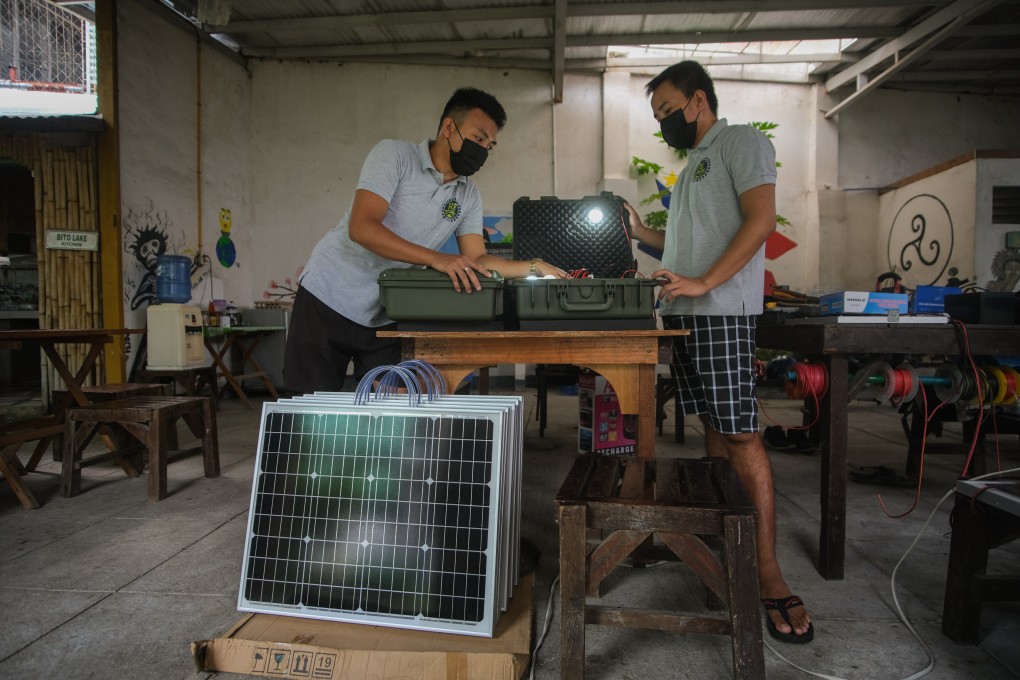Eight years on, Typhoon Haiyan’s young Philippine survivors have grown up and joined the climate change battle
- Thousands were killed and millions displaced when the storm, one of the most powerful in recorded history, hit the Philippines in 2013
- Today, some of the young survivors have become ‘Solar Scholars’, assembling and installing portable generators in remote communities to give disaster-prone areas a source of backup power – and promote the renewable energy cause

But he can remember that tragic day in 2013 well. The storm had cut visibility to near zero, so he was unable to see even as far as his neighbours’ home. Yet he could hear them drowning.
“I heard them screaming and crying as they held on to posts [to avoid being swept away], they were fighting for their lives. It was like a film, I only survived by swimming through barbed wire to get to my neighbour’s third floor. Our own bungalow was washed out, and everyone thought my family was dead,” he recalled.
In his struggle to survive, Bajen managed to save a pet chicken that had been swept under water. He was unable to save his neighbours, or his grandfather.
Bajen said his family had underestimated the typhoon as there had been no history of storm surges hitting their hometown of Basey, Samar. It was the first typhoon of its kind they had ever encountered and it wiped out their whole neighbourhood.
Known locally as Typhoon Yolanda, that storm was one of history’s fiercest, with sustained winds of over 150mph. It affected an estimated 14 million people, killing more than 6,000, leaving 1,800 missing and displacing 4.1 million. It is etched on the nation’s memory, its victims remembered every November 8.
